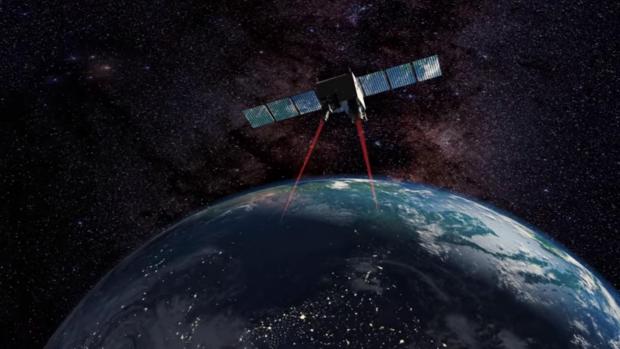
Breaking News
6.5x55 Swedish vs. 6.5 Creedmoor: The New 6.5mm Hotness
Best 7mm PRC Ammo: Hunting and Long-Distance Target Shooting
 Christmas Truce of 1914, World War I - For Sharing, For Peace
Christmas Truce of 1914, World War I - For Sharing, For Peace
Top Tech News
 EngineAI T800: Born to Disrupt! #EngineAI #robotics #newtechnology #newproduct
EngineAI T800: Born to Disrupt! #EngineAI #robotics #newtechnology #newproduct
 This Silicon Anode Breakthrough Could Mark A Turning Point For EV Batteries [Update]
This Silicon Anode Breakthrough Could Mark A Turning Point For EV Batteries [Update]
 Travel gadget promises to dry and iron your clothes – totally hands-free
Travel gadget promises to dry and iron your clothes – totally hands-free
 Perfect Aircrete, Kitchen Ingredients.
Perfect Aircrete, Kitchen Ingredients.
 Futuristic pixel-raising display lets you feel what's onscreen
Futuristic pixel-raising display lets you feel what's onscreen
 Cutting-Edge Facility Generates Pure Water and Hydrogen Fuel from Seawater for Mere Pennies
Cutting-Edge Facility Generates Pure Water and Hydrogen Fuel from Seawater for Mere Pennies
 This tiny dev board is packed with features for ambitious makers
This tiny dev board is packed with features for ambitious makers
 Scientists Discover Gel to Regrow Tooth Enamel
Scientists Discover Gel to Regrow Tooth Enamel
 Vitamin C and Dandelion Root Killing Cancer Cells -- as Former CDC Director Calls for COVID-19...
Vitamin C and Dandelion Root Killing Cancer Cells -- as Former CDC Director Calls for COVID-19...
 Galactic Brain: US firm plans space-based data centers, power grid to challenge China
Galactic Brain: US firm plans space-based data centers, power grid to challenge China
China Is Another Step Closer to Building a Quantum Internet

Earlier today, China's pioneering quantum satellite Micius facilitated the first-ever intercontinental video conference using a quantum communications network. The video call connected Chunli Bai, the president of the Chinese Academy of Sciences in Beijing, with Anton Zeilinger, president of the Austrian Academy of Sciences in Vienna, a distance of over 4,600 miles. It was the first real-world demonstration that showed that a global quantum internet is not only possible, but within reach.
A little over a year ago, Bai and his colleagues launched Micius, the first quantum satellite that was meant to serve as a testbed for technologies that would pave the way for a global, space-based quantum communications network. Unlike the normal internet, this quantum internet would be perfectly secure, an issue of paramount importance as we stand on the threshold of the age of quantum computing.
Today, satellites are the backbone of many internet technologies that we use on a day-to-day basis, such as the GPS systems that power Google Maps, satellite televisions, ATMs, and many of the consumer products that make up the Internet of Things. These satellites help route data between internetworked objects all around the globe and when the data is sensitive, such as with banking applications, it is generally encrypted as it is passed between ground stations and satellites. The encryption algorithms used to protect this data are generally based on difficult math problems, such as factoring astronomically large prime numbers.

 The State's Last Stand
The State's Last Stand


